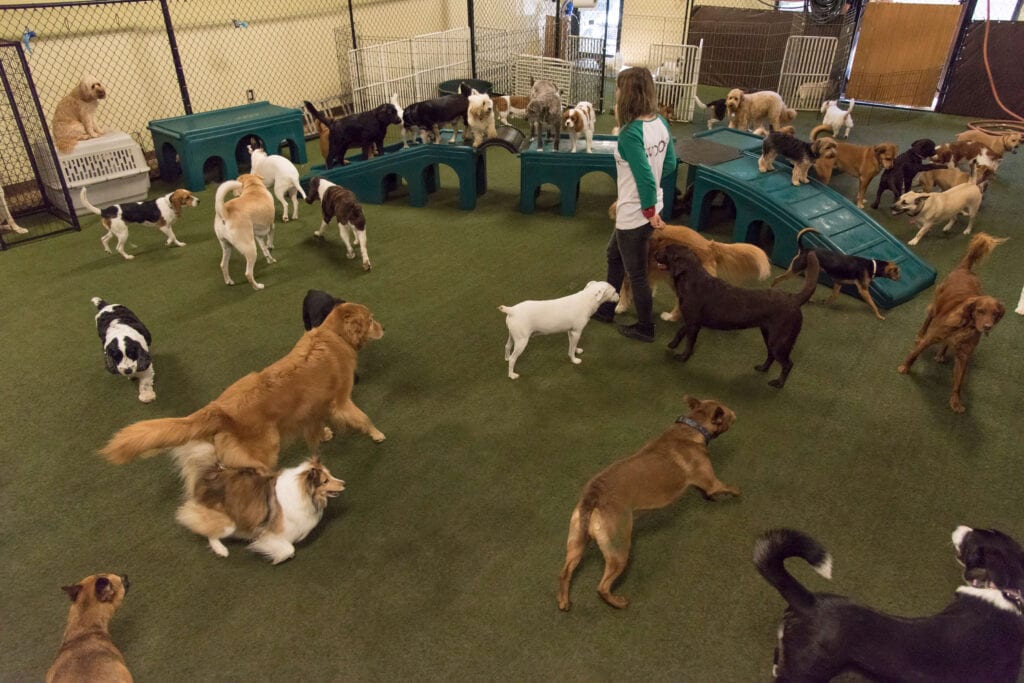Do you know what is in your dog’s food and how to read his food label? If you had a pet during the 2007 terrifying pet food recall, you probably started being a lot more aware of the short comings of the pet food industry. Many people checked to see if their dog’s food was manufactured by one of the companies in question and then quite possibly with relief simply moved on if they confirmed their dog’s food was not being recalled.
It was not too long later we went through the chicken jerky recall. We thought we were buying something safe only to find dogs were getting sick and dying again because of what they were being fed. Then we took note to not buy chicken jerky that had been produced in China and started looking for the label Made in the USA.
But what about beyond that? Can kibble ever be a good choice for your dog? What about the mainstream foods we find at PetSmart and Petco or the new frozen products? One of the most important things you can do for your dog is to provide a wholesome species appropriate diet. What that looks like can vary from person to person, depending on several things. You owe it to your dog to learn how to read the label and actually read it. Make sure your dog’s food is void of corn, wheat and soy. These are ingredients that your dog doesn’t need and that can hurt him. There is an abundance of overweight and diabetic dogs in our society in a large part, due to what they are eating.
Make sure the first ingredient on your dog’s food label is a whole meat such as beef, chicken, lamb or turkey. Avoid foods that have a chicken by-product or chicken meal as the first ingredient. Sometimes this is also labeled as poultry by-product meal (PBM). Animal by-products are what is left of a slaughtered animal after the parts intended for human consumption have been removed. By all means avoid foods that have a grain such corn as the first ingredient.
The pet food industry has a long way to go on implementing appropriate regulations that ensure what you are buying is safe for your dog. There are a handful of corporations that make most of the brands you see on the shelf at the big box stores. It’s a big money industry that doesn’t want to spend profits on studies that will force them to purchase more expensive ingredients.
If you want to feed a raw diet but aren’t sure where to start, there are several smaller companies that put your pet’s health first who offer frozen, freeze dried and dehydrated options. Ideally it is best to have the least amount of heat possible in the manufacturing process.
Club Pooche has been very impressed with Volhard Dog Nutrition. It was the first dehydrated food on the market. You simply add your own fresh meat and Volhard takes care of the rest. If you have questions about it, stop by and ask me. I’d be happy to tell you about my experience.
Also if you haven’t already seen the documentary Pet Fooled, featuring the acclaimed holistic veterinarians Karen Becker and Barbara Royal, be sure to watch it. You can rent or buy it on iTunes or watch on NetFlix.






